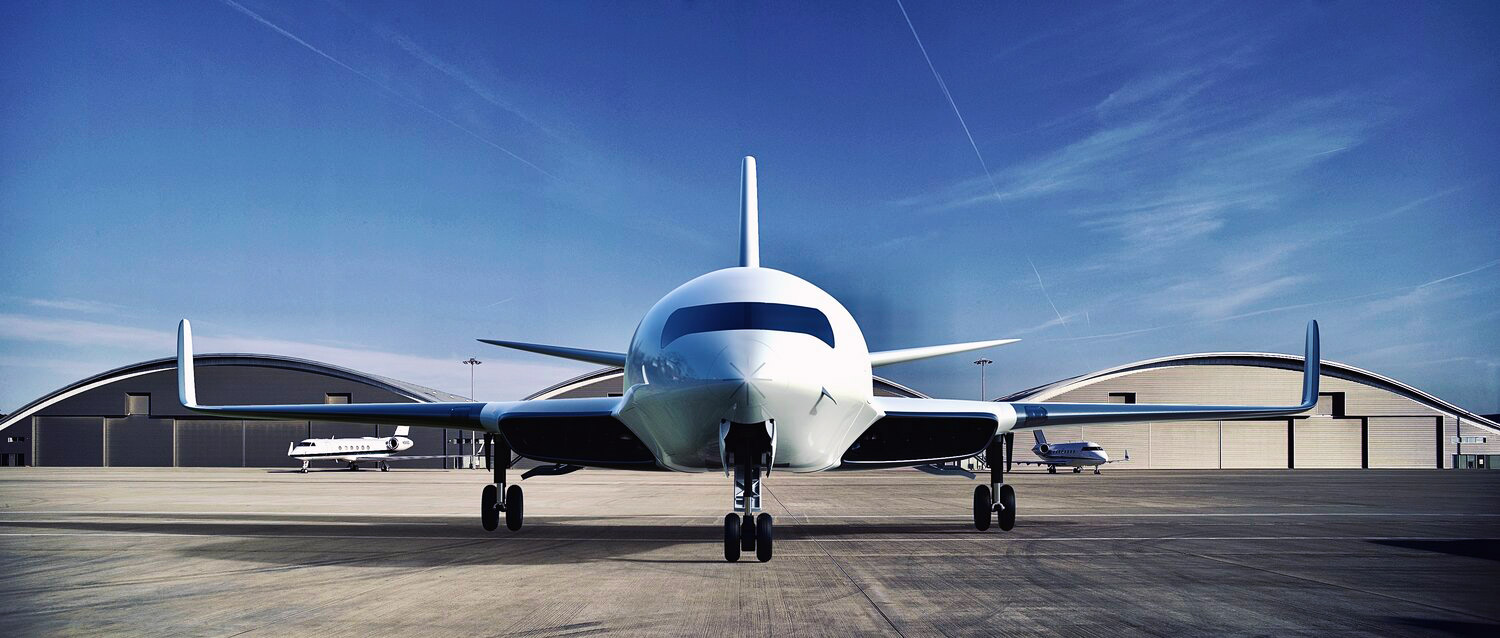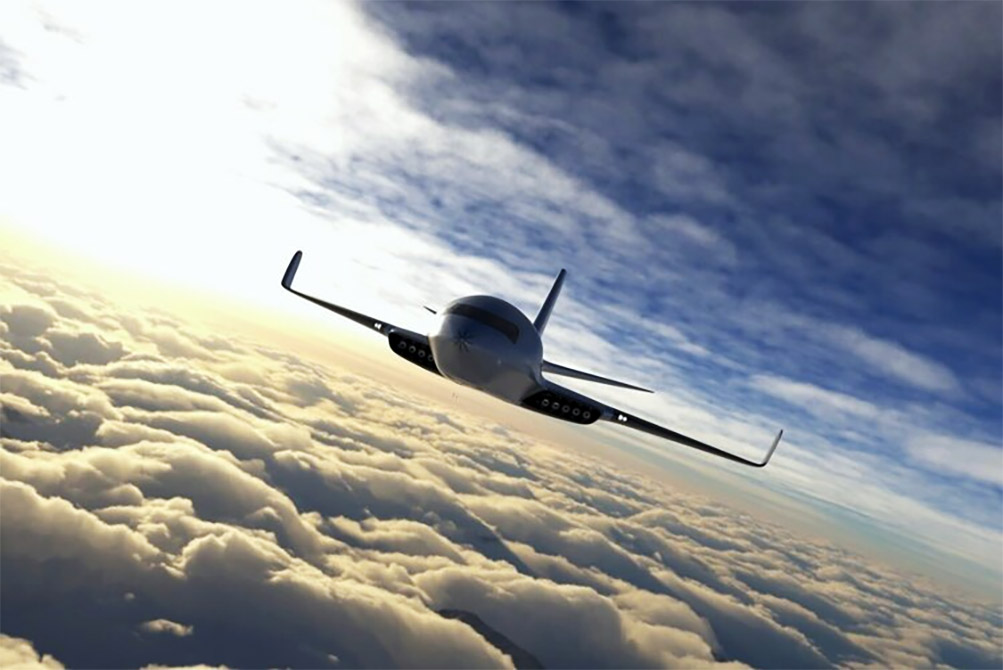Eather One: The Electric Plane That Uses Air Friction to Generate Power
- 5th Jan 2021
- 2285
- 0

How can the aircraft be lagging behind when technology has advanced throughout the years and innovations are emerging in every business across the world right now? In recent years, passenger aircraft, especially hybrids, have advanced dramatically. Currently, aircraft manufacturers throughout the globe are primarily focused on the efficient development of electric and hybrid-powered aircraft for the next generation. Warsaw-based designer Michal Bonikowski devised an aircraft plan with revolutionary potential. This approach might remove the need for traditional engines, massive fuel tanks, and strong batteries. The carbon footprint of commercial and hybrid passenger aircraft was very large. This is a key complaint of the aviation industry that must be addressed.
Despite vows from the world's leading manufacturers that they would endeavour to reduce emissions next year, it is now evident that broad adoption of clean technology will be required to achieve this goal. While the automobile industry and the so-called electric revolution are well on their path to advancement, aviation lags far behind. An industrial designer, Michal Bonikowski, has developed a completely electric aircraft that would generate power via air friction while in flight.

He has called this "Eather One." This concept was inspired by MAVERIC (Model for Aircraft Validation and Experimentation of Robust Innovative Controls) from Airbus. The "Eather One" concept recycles its energy via air friction and the high speed of the machine. The creator of the Eather one confesses that he drew inspiration from an ongoing Airbus project. This design was inspired by the Maveric concept, in which a single, continuous structure functioned as both the wings and fuselage of the aircraft, providing for an extremely spacious cabin with a clean, unbroken silhouette. These efforts are used to give the highest possible aerodynamic efficiency and guarantee that the final product is uniform across all of its component portions. This minimises the amount of power needed to maintain flight.
The primary idea of the concept is to generate the required electricity for the aircraft's systems while it is in flight. High-speed flying through the stratosphere and troposphere results in the creation of electrical charges on the surface of the aircraft, which, if collected and used, may power the plane's batteries. On his website, the concept's creator, Bonikowski, elaborates: "Using the vibrations of the structure and friction caused by the bending of wings during flight, [they] can provide the energy required to power multiple smaller electric motors." This approach would need the replacement of the fuel tanks on the wings with triboelectric nanogenerators. This is done to ensure that the aircraft is not dependent on anything else while in flight. During takeoff and landing, when friction alone could not create enough energy to power the aircraft's systems, the aircraft would retain its battery banks for safety purposes.

“Bonikowski says, I enjoy all attempts to revolutionize flying, I have been thinking a lot about this lately, and what could happen if Airbus would like to create an electric plane.”
The Eather One resembles any other aircraft, but it is equipped with triboelectric nanogenerators in the wings to collect external mechanical energy, which consists of friction caused by vibrations in the airframe and wing bending. These nanogenerators then directly transfer mechanical energy to electrical energy. The Eather One is an electric vehicle. Moreover, it is energy efficient; it would not need big battery banks to remain in the air. Ultimately, it optimises the available area and reduces the weight. This is accomplished by recovering air friction and transferring it to electricity. The motors would then be powered by this energy. In this manner, the Weather One demonstrates its effectiveness as an energy-saving device. It has the additional benefit of being able to carry significantly smaller batteries than existing attempts. This will result in weight reduction and a further improvement in overall performance.
Source:https://www.bonikowski.eu/work/eatherone
 Dipali Wath
Dipali Wath


Comments
No comments yet.
Add Your Comment
Thank you, for commenting !!
Your comment is under moderation...
Keep reading luxury post